In households with multiple pets, the distribution of toys often becomes a delicate balancing act. Each animal has its own personality, preferences, and territorial instincts, which can turn a simple play session into a potential conflict. Understanding how to manage toy allocation fairly can foster harmony and prevent unnecessary squabbles among furry family members.
The Dynamics of Multi-Pet Play
When several pets share a living space, their interactions with toys reveal much about their social hierarchy and individual needs. Dogs, for instance, might engage in more overt displays of possessiveness, while cats could exhibit subtle but equally intense behaviors. Small animals like rabbits or guinea pigs may avoid confrontation altogether, preferring to retreat rather than compete. Recognizing these patterns is the first step toward creating a peaceful environment where every pet feels valued.
Why Toy Distribution Matters
Unequal access to toys can lead to frustration, anxiety, or even aggression. A pet that consistently feels left out may develop destructive habits or withdraw from social interactions. Conversely, a pet that monopolizes toys might become overly dominant, straining relationships with other animals. Striking the right balance ensures that playtime remains enjoyable and stress-free for everyone involved.
Strategies for Fair Play
One effective approach is to provide identical toys for each pet whenever possible. This minimizes competition and allows animals to engage in parallel play without direct conflict. For pets with distinct preferences, offering a variety of toys tailored to their interests can prevent disputes. Rotating toys regularly also keeps the novelty alive, reducing the likelihood of possessive behavior.
Supervision and Intervention
While some pets naturally share well, others may require gentle guidance from their owners. Observing play sessions helps identify potential triggers for conflict, such as resource guarding or excessive roughhousing. Intervening early—by redirecting attention or temporarily separating pets—can prevent minor disagreements from escalating. Over time, many animals learn to coexist peacefully with consistent reinforcement of positive behaviors.
The Role of Scent in Toy Sharing
Scent plays a significant role in how pets perceive ownership. A toy that carries the scent of one animal might be less appealing—or more contested—by another. Washing toys periodically or swapping them between pets can help neutralize these associations. For particularly scent-sensitive animals, introducing new toys in a neutral space can ease tensions and encourage acceptance.
Special Considerations for Mixed-Species Homes
Households with both dogs and cats face unique challenges, as their play styles and toy preferences often differ. Dogs may enjoy sturdy chew toys, while cats prefer lightweight objects they can bat around. Ensuring that each species has access to species-appropriate toys reduces the risk of accidental injuries or misunderstandings. Supervised interactions can also help bridge the gap, allowing pets to coexist safely.
When to Seek Professional Help
In some cases, persistent toy-related conflicts may signal deeper behavioral issues. Consulting a veterinarian or animal behaviorist can provide tailored solutions, especially if aggression or extreme anxiety is involved. Professionals can assess the dynamics at play and recommend strategies—such as structured play sessions or environmental modifications—to restore harmony.
Creating a Harmonious Multi-Pet Household
Ultimately, successful toy distribution hinges on understanding and respecting each pet’s individuality. By observing their interactions, providing equitable resources, and intervening when necessary, pet owners can cultivate an atmosphere of mutual respect. The goal isn’t just to avoid conflict but to nurture a home where every animal feels secure, engaged, and loved.
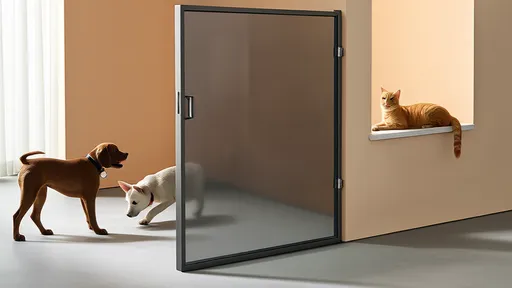
By /Jul 31, 2025

By /Jul 31, 2025

By /Jul 31, 2025
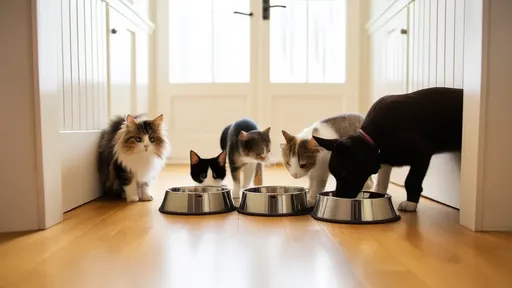
By /Jul 31, 2025
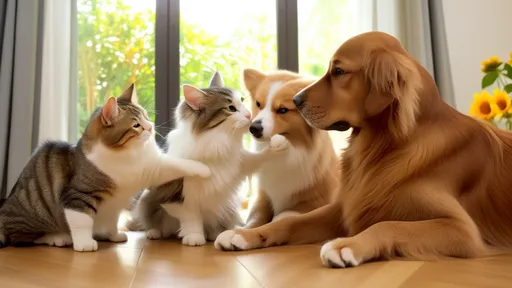
By /Jul 31, 2025

By /Jul 31, 2025

By /Jul 31, 2025

By /Jul 31, 2025
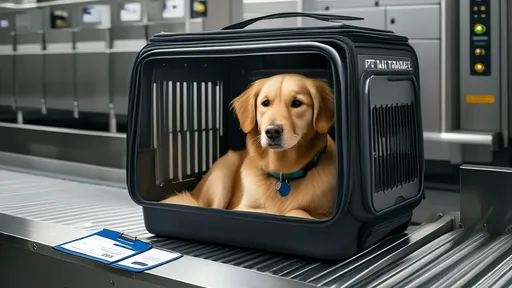
By /Jul 31, 2025
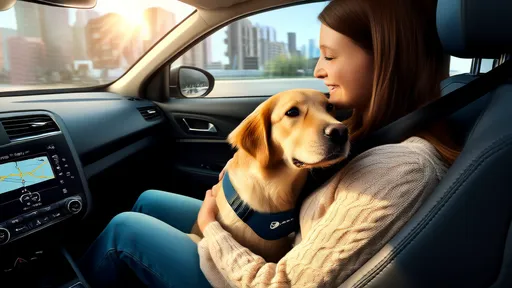
By /Jul 31, 2025
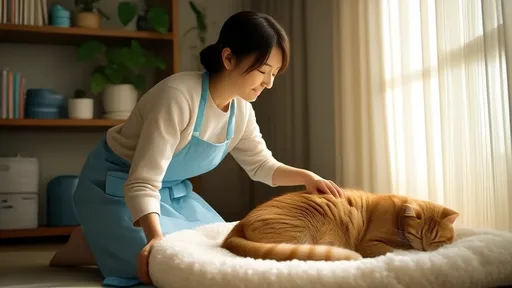
By /Jul 31, 2025
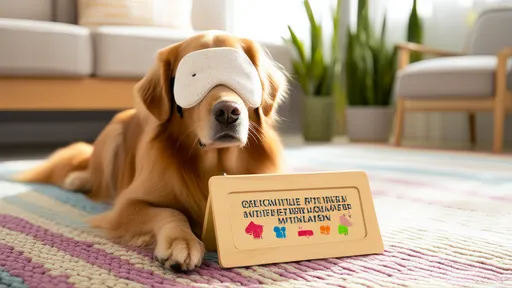
By /Jul 31, 2025
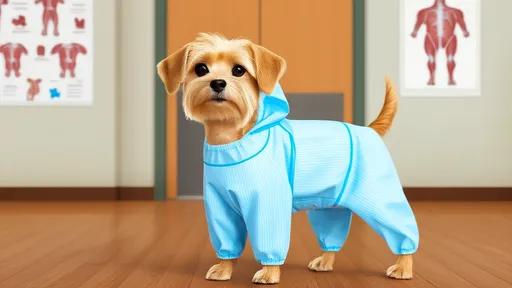
By /Jul 31, 2025
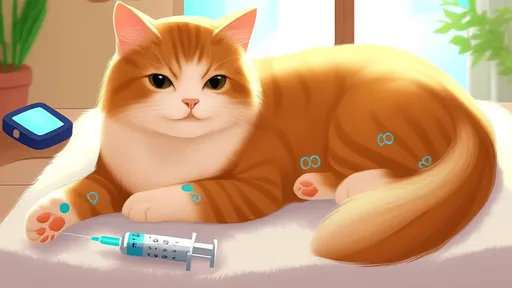
By /Jul 31, 2025
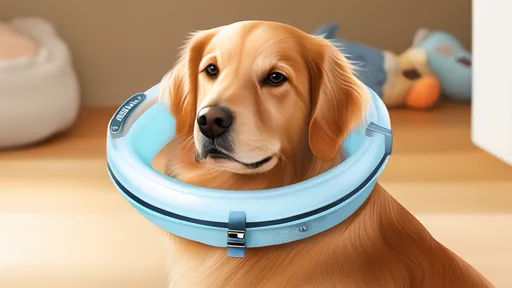
By /Jul 31, 2025

By /Jul 31, 2025
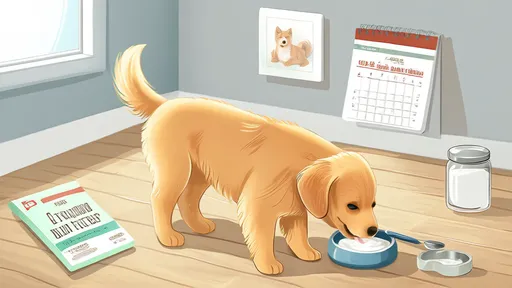
By /Jul 31, 2025

By /Jul 31, 2025

By /Jul 31, 2025
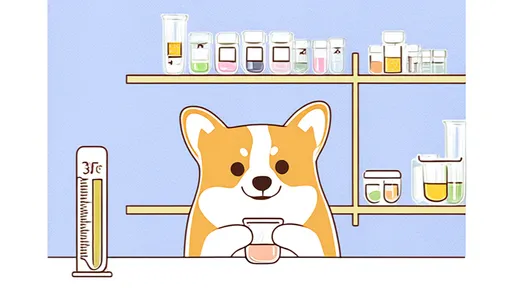
By /Jul 31, 2025